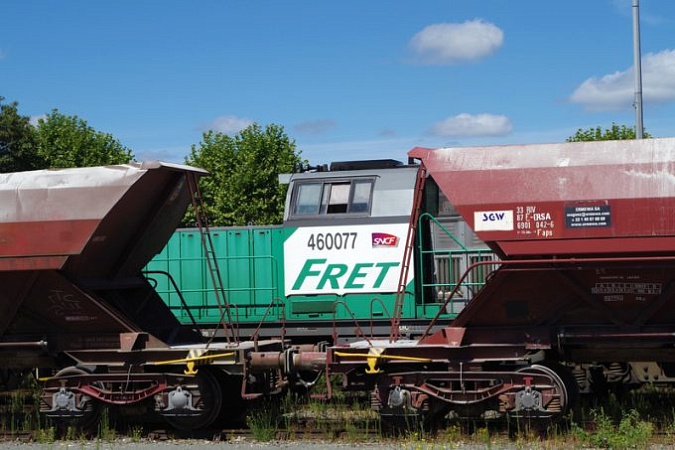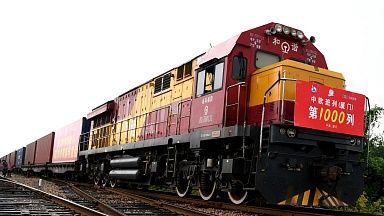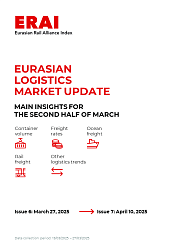The action is something of a last-ditch effort to halt the looming break-up of nationalised freight operator Fret SNCF into two firms, Hexafret and Technis, in January.
On X, the CFDT-Cheminots, CGT-Cheminots, Sud-Rail, and Unsa-Ferroviaire unions confirmed their intention to strike for 37 hours on 20 November.
The unions said that without a moratorium on Fret SNCF’s dismantling, member workers would engage in «limited but renewable» 24-hour strikes from 11 December, with no end date.
It follows the state-owned rail operator’s decision in May to break up the freight operator after an EC investigation into allegations of unfair state aid.
Rather than appeal against EC plans to sanction the operator for purportedly advancing €4.3bn to the freight arm between 2007 and 2019, parent SNCF and the French authorities opted for an «economic discontinuity plan» to legally dissolve Fret SNCF through the creation of the two new companies.
Furthermore, 23 of its dedicated block-train routes, accounting for 20% of its turnover, will be handed to competitors.
There was broad criticism of the decision, not least from the European green lobby, with the chair of the European Parliament’s Commission for Transport and Tourism, Karima Delli, describing it as «an extremely negative, damaging signal for climate and social objectives».
She added that despite rail being «one of the solutions to deal with the climate crisis», Fret SNCF had been «sacrificed». And the unions, claiming a moratorium remains possible, added: «While the climate emergency imposes the development of the railway as a beneficial solution for all, the government is choosing the worst.»





